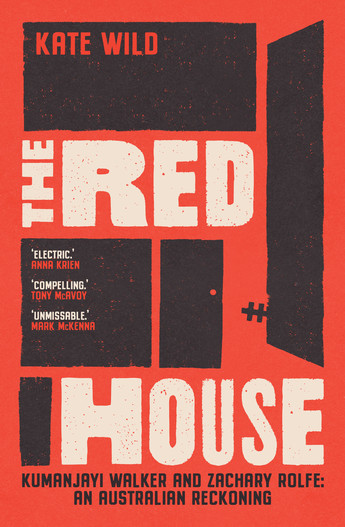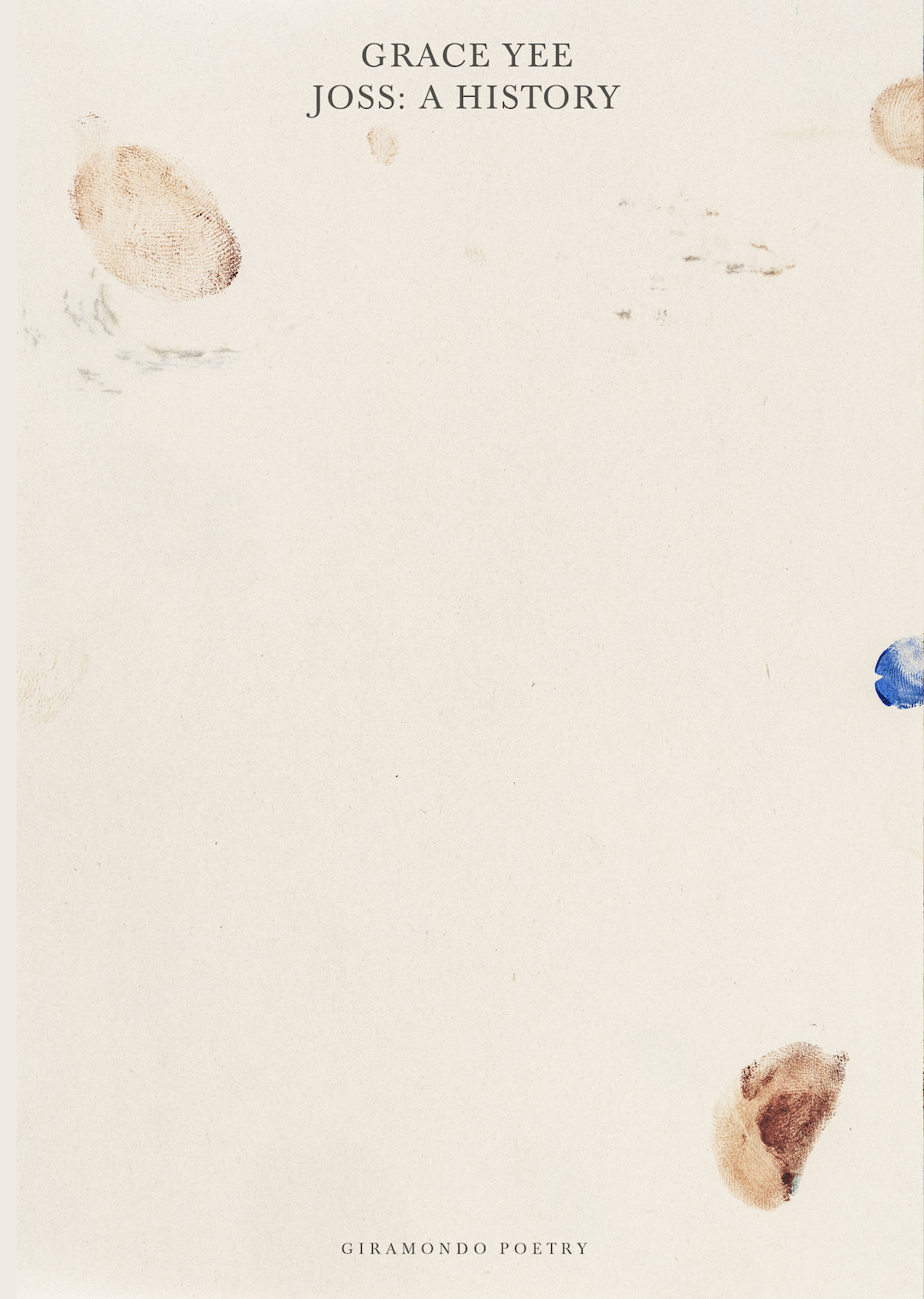Letter from the Netherlands
I was looking at Pieter Bruegel the Elder’s De Toren van Babel in Rotterdam, where I had gone for the day to escape the low skies and oppressive winds that buffet The Hague in springtime. Bruegel’s masterpiece has an exquisite stillness and delicacy, despite portraying the Tower of Babel in its first stages of busy construction. Ladders and wires are hung from its sides; the harbour on which it is being built throngs with ships unloading cargo and tools and manpower; its workers look as frail as insects perched on its myriad levels, hard at their labour. The tower is depicted such that it appears to be leaning slightly away from the sea, giving the impression that it is volute rather than level, its climb precariously leading to infinity. This impression is heightened by Bruegel’s use of colour: at its base, the tower is the colour of faded, earthy sandstone, but as it spirals into the sky it moves towards a rusted orange, and, at the point where the tower pierces the clouds, it turns a vivid red, as if to represent the wrath that awaits its completion. The clouds are menacing. Far in the distance, well beyond the tower, the skies are clear and fresh, unthreatening; but a gloom casts shadows over the side that faces the harbour where, under the pall, workers are trying to complete their task.
Continue reading for only $10 per month. Subscribe and gain full access to Australian Book Review. Already a subscriber? Sign in. If you need assistance, feel free to contact us.









Leave a comment
If you are an ABR subscriber, you will need to sign in to post a comment.
If you have forgotten your sign in details, or if you receive an error message when trying to submit your comment, please email your comment (and the name of the article to which it relates) to ABR Comments. We will review your comment and, subject to approval, we will post it under your name.
Please note that all comments must be approved by ABR and comply with our Terms & Conditions.